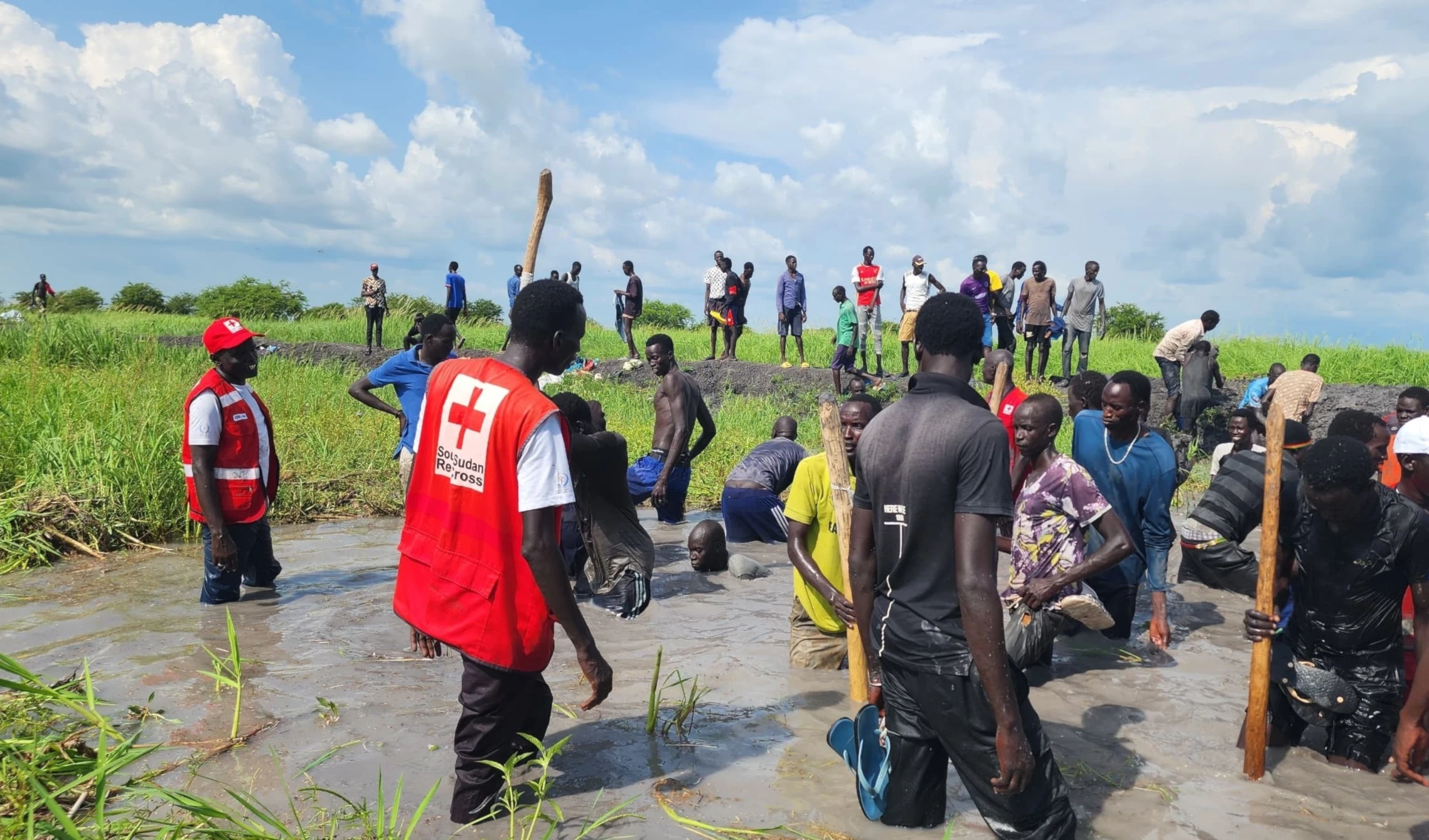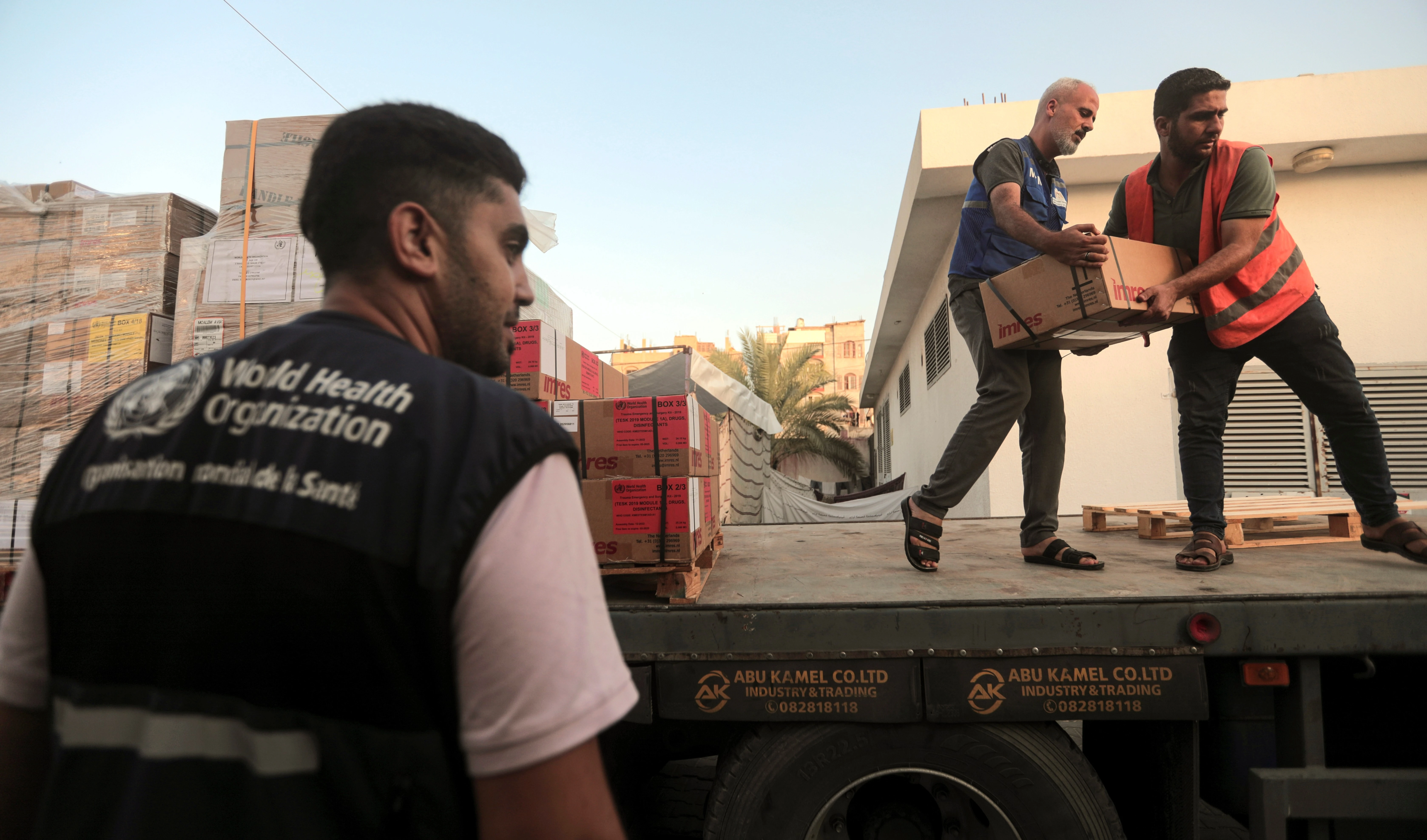UN: 390 humanitarian workers killed in 2024, Gaza deadliest zone
The UN reports a record 390 humanitarian workers killed in 2024, including 181 in Gaza and 60 in Sudan.
-

UN: 390 humanitarian workers killed in 2024, Gaza deadliest zone
The United Nations reported that 390 humanitarian workers were killed in 2024, marking the deadliest year since records began in 1997. The figure represents a 31% increase compared with 2023, when 280 aid workers lost their lives.
UN Secretary-General Antonio Guterres stressed on World Humanitarian Day, which falls on August 19 of every year, that “an attack against humanitarians is an attack against humanity.”
Last year, at least 390 aid workers - a record high - were killed across the world.
— António Guterres (@antonioguterres) August 19, 2025
International law is clear: Humanitarians can never be targeted.
This World Humanitarian Day, let's #ActForHumanity & say in one voice: An attack on humanitarians is an attack on humanity. pic.twitter.com/mmQUGpRFUp
Gaza: The epicenter
The war on Gaza accounted for nearly half of all deaths, with 181 humanitarian workers killed by "Israel" in 2024 alone. Since October 2023, over 520 aid workers, mostly UNRWA staff, have been killed, making Gaza the deadliest place in the world for humanitarians.
The aggressions included direct targeting of humanitarian personnel. On March 23, 2024, Israeli forces attacked clearly marked emergency vehicles in Rafah, killing 15 medics and responders, before bulldozing vehicles and burying bodies in a mass grave.
UN officials described Gaza as facing “unprecedented levels of violence in humanitarian history.”
UNRWA bears the brunt
The United Nations Relief and Works Agency (UNRWA) has borne the heaviest losses. By March 2025, at least 330 staff members had been killed since the start of the war on Gaza, which Guterres described as the “highest staff death toll in United Nations history.”
Commissioner-General Philippe Lazzarini has repeatedly stated that “UNRWA teams are not a target,” calling for independent investigations into every killing.
Sudan and other conflict zones
Sudan was the second-deadliest country for aid workers in 2024, with 60 fatalities linked to the ongoing civil war. Armed groups, including the Rapid Support Forces, were responsible for widespread kidnappings and abductions.
"Israel's" deliberate targeting of aid workers reached Lebanon, where the IOF killed at least 20 humanitarian workers, mostly medics, during its aggression on the country in late 2024 (up from zero in 2023).
Meanwhile, Ethiopia and Syria saw 14 aid worker deaths each. An additional 13 aid workers were killed in Ukraine, more than double the previous year. And in South Sudan, 34 aid workers were killed between 2023 and 2024.
International response and accountability crisis
In May 2024, the UN Security Council adopted Resolution 2730, reaffirming the legal protection of humanitarian personnel under international law. Later in the year, a Ministerial Group for the Protection of Humanitarian Personnel was established, including states such as Jordan, Switzerland, Brazil, and Indonesia, to draft a new declaration on protecting aid workers.
However, accountability remains virtually non-existent. Despite ten Security Council resolutions, impunity rates for attacks on aid workers approach 100%.
UN Under-Secretary-General Tom Fletcher condemned the situation, saying: “Attacks of this magnitude, with zero accountability, are a shameful indictment of international inaction and apathy.”
The UN warns that 2025 is already on track to surpass last year’s record. By August, 265 humanitarian workers had already been killed, underscoring what Guterres called a “fundamental breakdown in respect for international humanitarian law.”

 3 Min Read
3 Min Read










